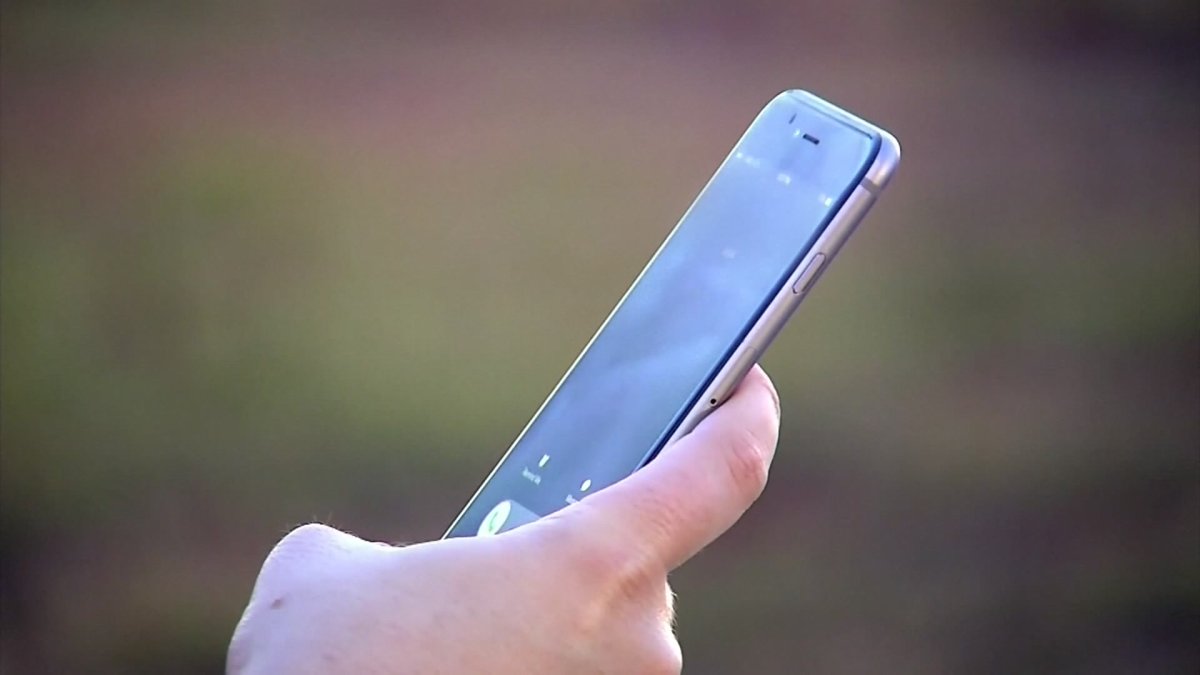CT study shows cellphone location data can predict COVID-19 outbreaks – NBC Connecticut
Imagine being able to predict a COVID-19 outbreak. Researchers from the Yale School of Public Health say they can do this by using location information from cellphones.
You probably always have your cell phone with you and the apps on the device follow wherever you go.
The researchers say the data could help fight COVID-19 by providing insights into social distancing behaviors in Connecticut cities. Their work is featured in the latest issue of Science Advances.
“We count all the times distinct pairs of people come together over an entire day in an entire city,” said Forrest Crawford, associate professor of biostatistics at the Yale School of Public Health and lead author of the study. . “If this number is high, it is a potential risk of an epidemic.”
The study is a collaboration between the Yale School of Public Health, the Connecticut Department of Public Health, the CDC and Whitespace Ltd., a spatial data analytics company.
Between February 2020 and January 2021, researchers purchased and analyzed cellphone location data from across Connecticut, looking at instances where people were within six feet of each other.
“Then we gathered all the device locations to map and track where the devices were getting very close to each other and staying close to each other for a long time,” Crawford said.
If they saw a lot of cases where people were in close contact, the researchers were able to predict a COVID-19 outbreak.
“We could see an outbreak that happened in Danbury in the summer of 2020, long before the Department of Public Health recorded a peak in cases in that area,” Crawford said. “What we’ve seen across the state is that close contact rates would increase in an area before we see new cases. A few weeks later, we are starting to see more and more cases from that area. And very often, the Ministry of Public Health would identify an active epidemic in these places. »
Crawford said people don’t have to worry about privacy because all the data is anonymous.
“We don’t map or track where people go or where they live. We are only looking at prices for two separate devices together in one place,” he said.
He said the methods could prove crucial to meeting the challenges posed by the pandemic by letting health officials allocate testing resources where they are needed most, and even stem an outbreak before it starts. .
“All of these streams of data that public health decision makers have access to come very late in the transmission process,” Crawford said. need to know them much, much sooner.”


Comments are closed.